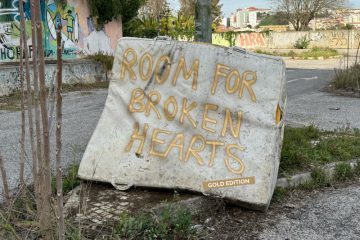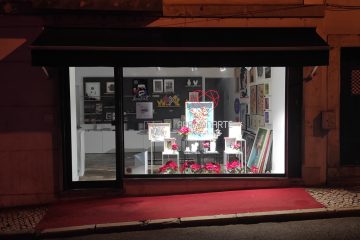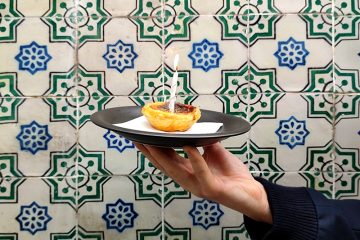Uma conversa com a Analista de Pesquisa Sênior da Skift, Rebecca Stone, sobre o excesso de turismo e o Triângulo de Lisboa.
“Lisbon’s post-crisis evolution and corresponding tourism boom show the dramatic impact and lasting ramifications of overtourism. Efforts have centered on sustainable tourism and limiting tourism’s potential negative impacts, but, in our view, the focus has been all wrong. Sustainable tourism should be about sustainable cultures, and we all have a role to play.”
“A little area known locally as “The Triangle” used to be a bit of a no man’s land. The small neighborhood is really the juncture where three different Lisbon districts back up into each other along three streets — Rua de São Bento, Rua do Poço dos Negros, and Rua Poiais de São Bento — thereby forming a “triangle.”
In “The Triangle,” I met with Cláudia Cordeiro, the owner of Apaixonarte, a small shop carrying the work of local designers and artists. She described to me how this area was relatively sleepy just five years ago, that there was essentially nothing here, but a handful of quiet, somewhat neglected, shops. Now, this tiny area has become a vibrant collaboration of shops, restaurants, apartments, hotels, cafes, and more as a result of new investment in the area. I don’t mean to say this neighborhood has been shielded from the impact of gentrification.
Cordeiro of Apaixonarte told me that, several years ago, the Portuguese didn’t really place value on Portuguese items — they wanted French or Italian goods. Then, as tourists have been flocking to Lisbon seeking out Portuguese products and experiences, a sense of pride has begun to emerge. “Their [the Portuguese’s] self-esteem is improving,” she explained. “It’s good to shake things up.” Her shop’s motto? “Proudly Made in Portugal.”
“Local businesses may have to adapt and reinvent in order to survive. But they also need to show off and preserve their culture and unique identity to truly succeed. Travelers, not to mention locals as well, want to experience it.”
Rebecca Stone
Leia o artigo completo aqui.





